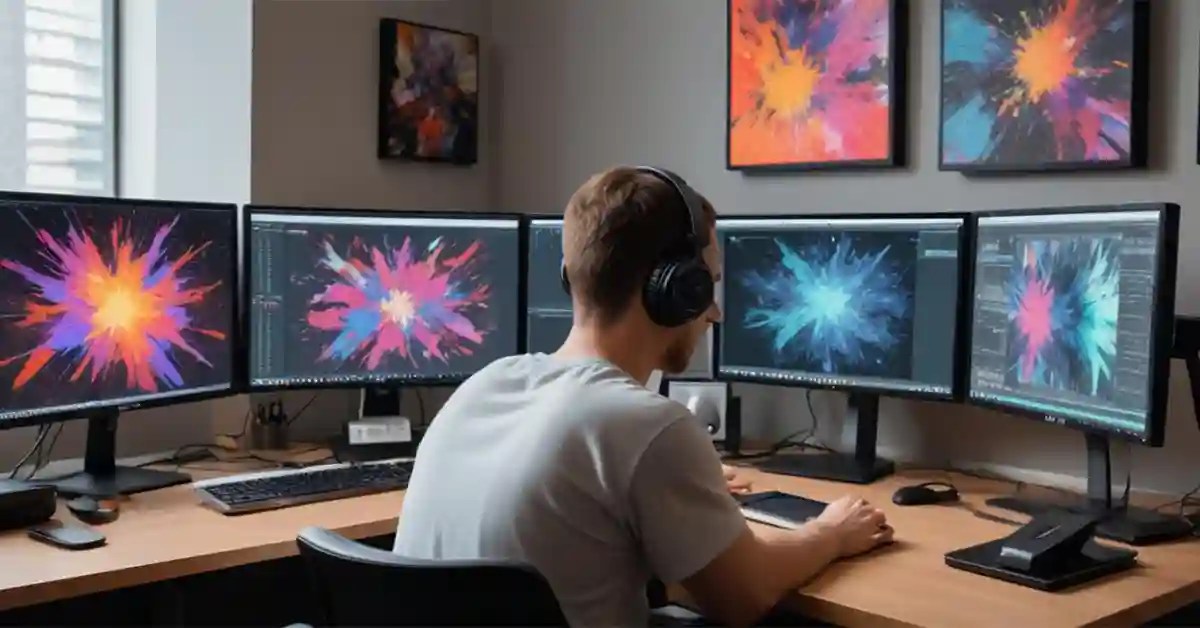In the world of photography, how a photo was captured is merely step one which leads into what we call post production; turning unprocessed photos with more depth by telling good visual stories. Nonetheless, the real challenge comes from maintaining a steadiness and comfort level in this stage which is where retouching style guides help photographers of all genres irrespective of their expertise. It greatly improves the post production and workflow.
Read on to learn about why you need a photo post production retouching style guide if you are doing photography.
Defining Your Unique Aesthetic
Photographers need a retouching style guide in order to maintain the unique aesthetic. This also serves as a guide for getting better results consistently by documenting preferred techniques for color grading, contrast adjustments, and skin retouching, among other elements.
These retouching style guides act as a reference for every editing session and they maintain consistency in your artistic vision. Whether your edits are moody and film-inspired or bright and airy portraits, the style guide helps you stay true to your artistic identity.
Streamlining the Editing Process
Photo post production involves editing and retouching images and is typical of a photographer’s work where it may take up substantial time during their workday. A style guide for retouching can simplify the process by reducing ambiguity and lessening decision-making exhaustion. Photographers do not have to begin from zero for every image using a set of predetermined parameters.
Efficiency is crucial when dealing with large batches of photos, like those from weddings or events. Having a style guide allows you to apply your editing principles quickly, saving time and mental energy for more creative tasks.
Ensuring Consistency Across Projects
A retouching style guide is crucial for maintaining a consistent look across all images, regardless of when they were taken or edited. This is especially important for long-term projects, series, or repeat clients.
Using a style guide ensures that images from different sessions or time periods blend well. This consistency enhances the impact of your work and displays professionalism and attention to detail to your clients.
Facilitating Collaboration and Outsourcing
Many photographers in the fast-paced industry now collaborate with editors or outsource their photo post production work. A style guide is crucial in these situations as it helps bridge the gap between your vision and the editor’s execution.
You can ensure an accurate translation of your aesthetic by providing detailed instructions on presets and retouching techniques. This enables smoother collaboration and quality control when scaling your business.
Evolving Your Style Over Time
A photographer’s style naturally evolves over time, just like any art form. To keep up with this evolution, your retouching style guide for photo post production should be a flexible document that grows and changes along with you. Regular updates to the guide let you experiment with new techniques and gradually refine your style. Looking at older versions of your style guide can provide valuable insights into how your aesthetic has evolved over the years.
Enhancing Client Communication
Effective communication with clients is essential for professional photographers. A retouching style guide can be valuable for establishing expectations and addressing editing preferences with clients before a shoot.
Sharing relevant portions of your guide helps set clear expectations for the final edited images, preventing misunderstandings and ensuring alignment between you and your client on the desired outcome.
Maintaining Quality Under Pressure
In high-pressure situations, such as event photography or tight-deadline commercial shoots, it’s common to compromise on quality while rushing to deliver images. A reliable retouching style guide during photo post production serves as a checklist for quality control, guaranteeing that your edited images meet your established standards even in stressful circumstances.
Having clear guidelines helps maintain consistency and quality, even when working quickly, reducing the risk of delivering subpar work that may harm your reputation.
Balancing Creativity and Structure
A retouching style guide for photo post production, when used correctly, supports creativity rather than stifling it or leading to formulaic editing.
The guide serves as a starting point or set of principles rather than strict rules. It should allow for intuition and artistic interpretation while keeping the core elements of your style consistent. This balance lets you maintain your signature look while having the freedom to experiment and adapt to each unique image.
Improving Efficiency in Preset Creation
Photographers often rely on presets to begin their editing process. A retouching style guide helps create and manage these presets. By recording the specific settings and adjustments that reflect your unique style, generating presets that match your preferred aesthetic becomes simpler.
This saves editing time and maintains consistency between your presets and style guide. You can update both the guide and presets as your style evolves.
Conclusion
In a world that values visuals, being a standout photographer requires more than technical skill. A retouching style guide is a valuable asset, providing consistency, efficiency, and artistic vision to maintain a cohesive aesthetic in your photo post-production work.
Creating and updating your style guide improves your editing process, refines your artistic voice, enhances client communication, and sets you up for long-term success in a competitive industry. A well-crafted retouching style guide saves time and maintains consistency. They also become a cornerstone of your photographic identity, helping you produce unique creations.
SmartPHOTOeditors (SPE) is an exceptional outsource image editing services provider. It has highly trained and dedicated image editing professionals for each of its segments, such as real estate, portrait, and eCommerce.










